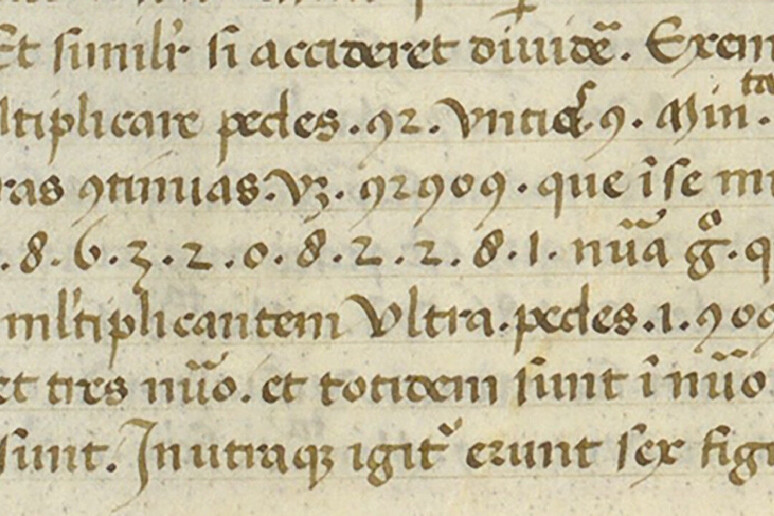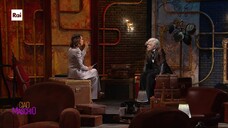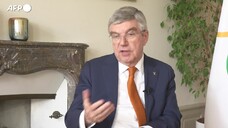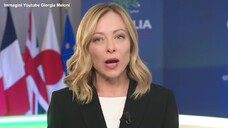Decimal numbers, i.e. numbers consisting of a whole and a fractional part separated by a decimal point, are at least 150 years older than previously thought, according to a discovery by Glen Van Brummelen of Trinity Western University in Canada and published in Historia Mathematica.
Van Brummelen has found decimals in a manuscript dating to around 1440 by Giovanni Bianchini, a Venetian merchant.Until now, the first use of the decimal point had been attributed to Christopher Clavius, a German Jesuit, mathematician and astronomer best known for his contribution to the definition of the Gregorian calendar and who used decimals in a work published in 1593.
The invention of decimals led to the development of the system that made it much easier to calculate numbers with fractional parts.As a merchant, the young Bianchini would have received training in subjects such as arithmetic and algebra, which were indispensable for his profession, and he also put his mathematical skills to good use as the administrator of the estate of the powerful Este family of Ferrara.
Almost all of his known works, written between 1440 and 1460, are related to astronomy, dealing with such topics as planetary movements and the prediction of eclipses.
Riproduzione riservata © Copyright ANSA













